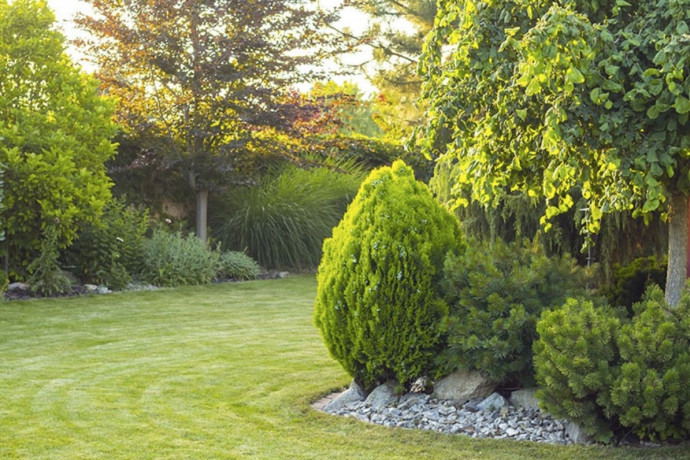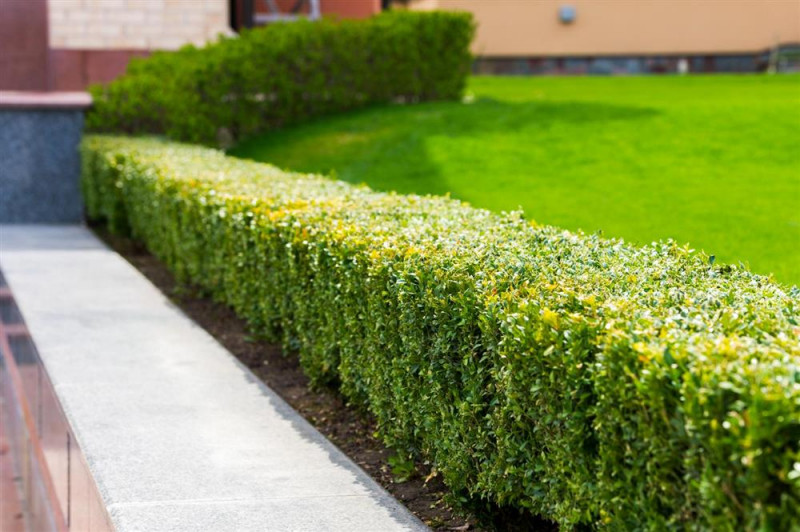14 Tips & Tricks for Perfect Hedges & Trees

Any gardener can tell you that the best time to plant a tree was 20 years ago. But the second-best time is today, so dig in and make it happen. Seedlings aren’t expensive, and a tree provides untold benefits, including shade, birdsong and even an increase in your property value. Here are 14 top tips to get you started.

1. A garden will benefit from having at least one length of hedge. It will give privacy and shelter from strong winds.
2. In a small garden, hedges should be kept to the minimum. A fence covered with ivy, honeysuckle, or some other climbing plants may be preferable.
3. Remember that tall evergreen hedges can block the sun and air to other plants in the garden.
4. Hedging plants should be chosen on the basis that they will grow quickly, survive close planting, and be hardy and suitable for the soil in the area.
5. Hedges can be grown from one species of plant or from several. All plants grown in a mixed hedge must be of similar habit.
6. Flowering shrubs planted close together and minimally pruned can form a hedge, but will take up more space than a regular hedge.
7. When planting a hedge, dig the strip of ground 3' (1 m) wide and two spits deep. Add a dressing of yard manure or compost to the bottom.
8. Plant deciduous hedging in October or November, providing the weather is mild, damp, and calm. Do not plant in frosty or cold, dry weather. Planting can be done up until March.
9. Evergreen hedging should be planted between mid-September and mid-October, but if this is not possible, then April or early May.
10. All plants should be well furnished with shoots from the base. Bare, leggy plants are difficult to make bushy.
11. Any long taproots should be shortened and the tops of evergreens can be cut back. Generally, plants should be 18" (50 cm) high and planted 18" (50 cm) apart in the row. Some varieties may need less or more spacing, so check with the garden center when buying the plants.
12. If a dense hedge is required, two rows 18" (50 cm) apart can be planted, alternating the plants so that they are not opposite each other.
13. Plants should be put in a little deeper than the soil line and the soil well firmed in around them.
14. Spring-planted hedging may need to be watered. Put mulch around them when the soil has warmed up to help conserve moisture. Spray lightly in the evenings of hot days.
